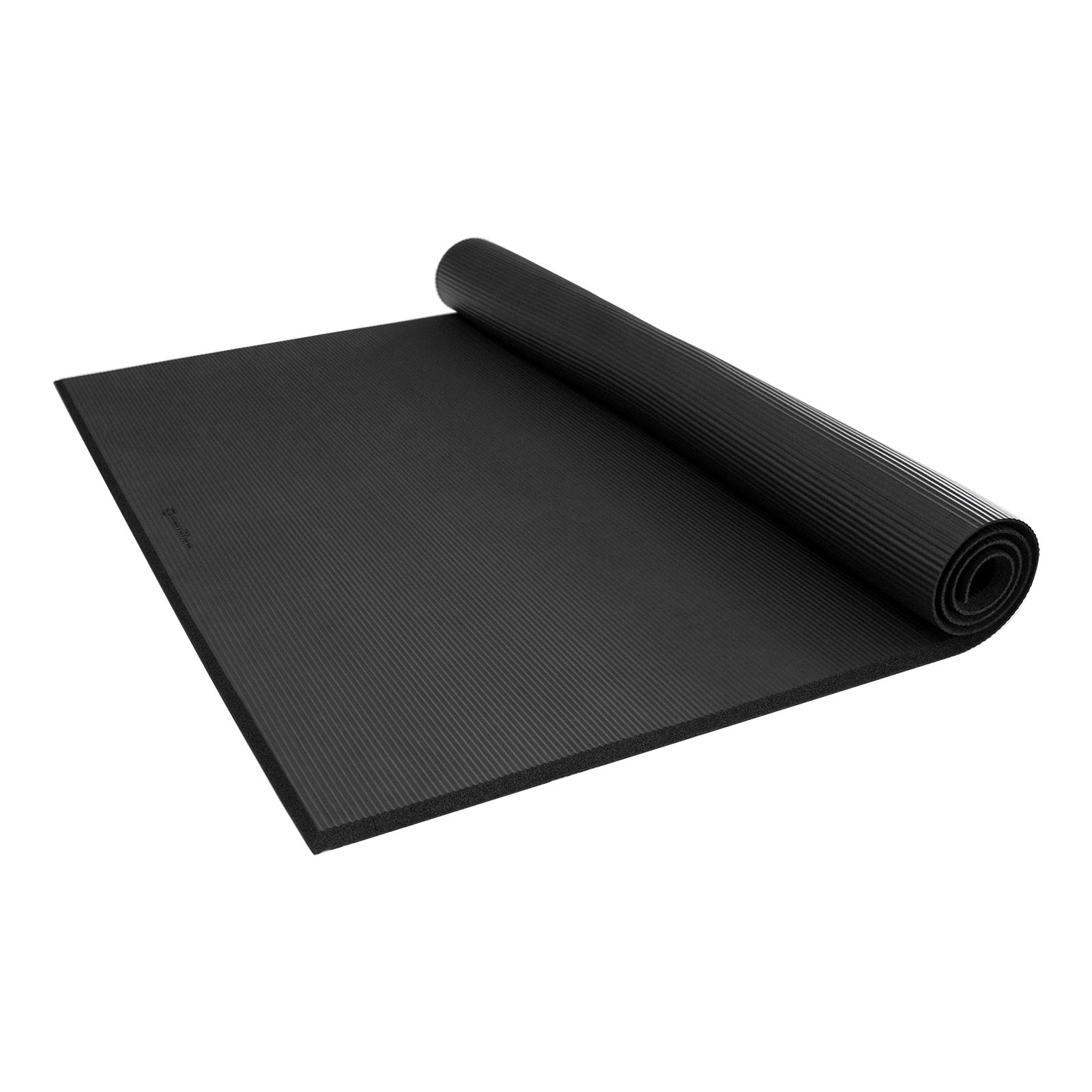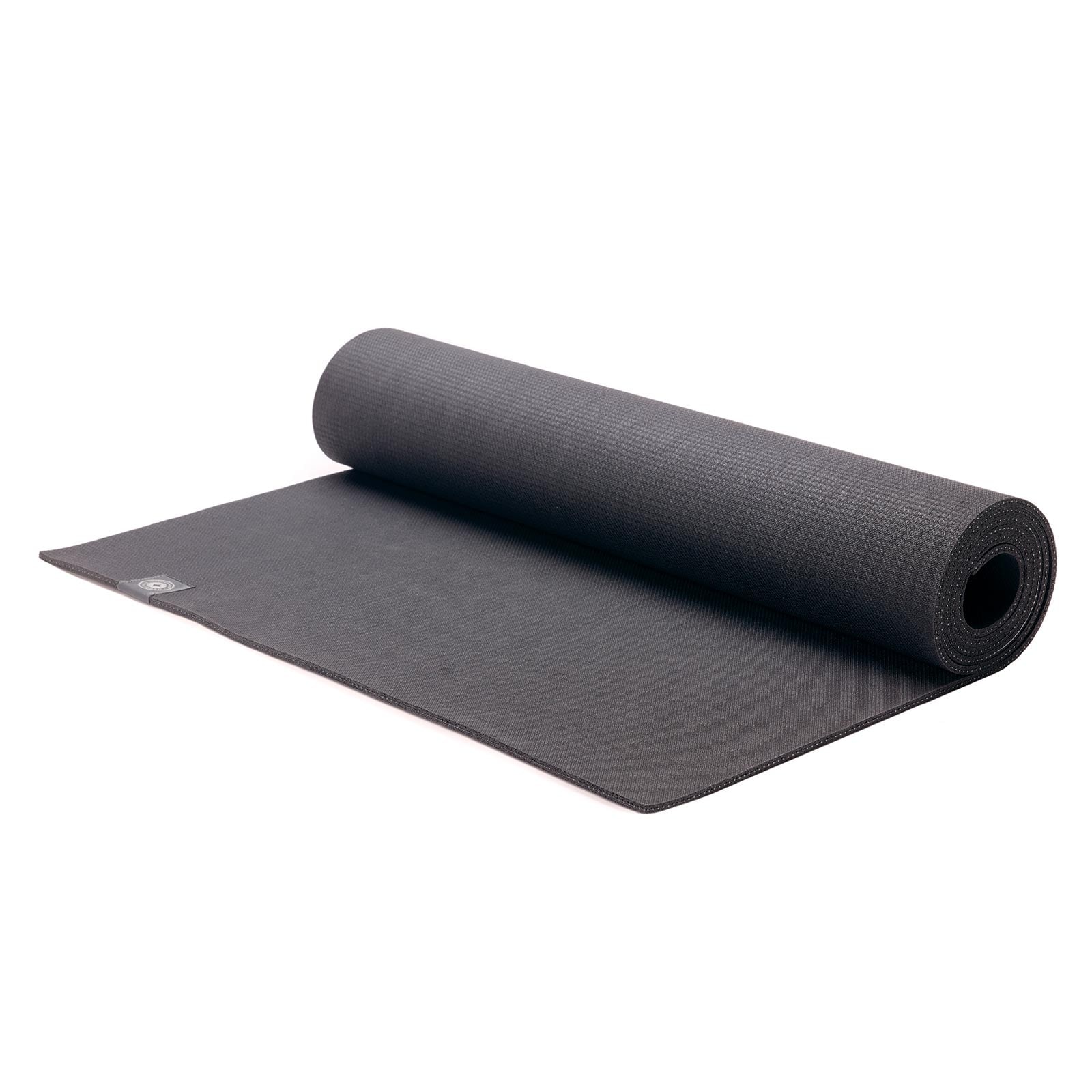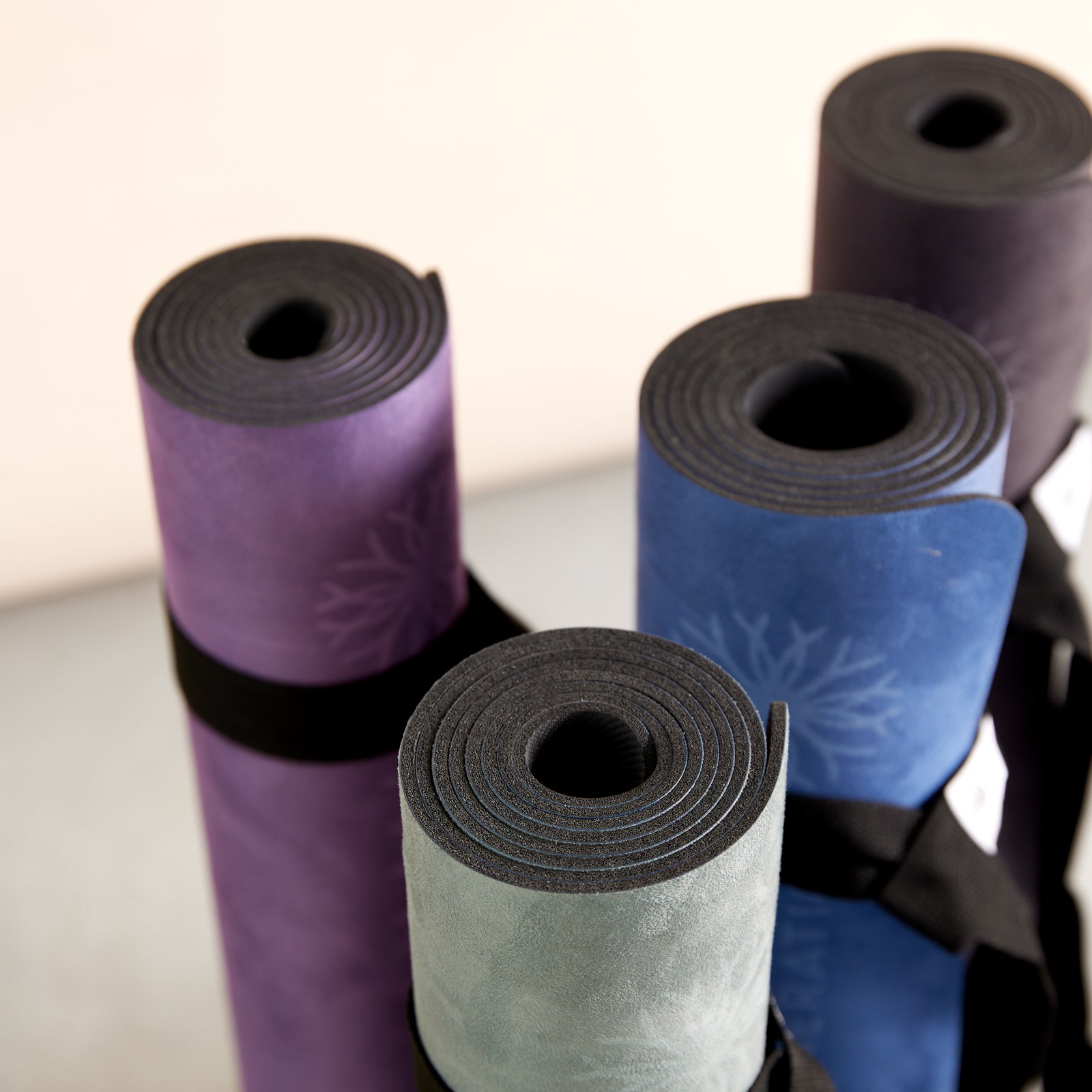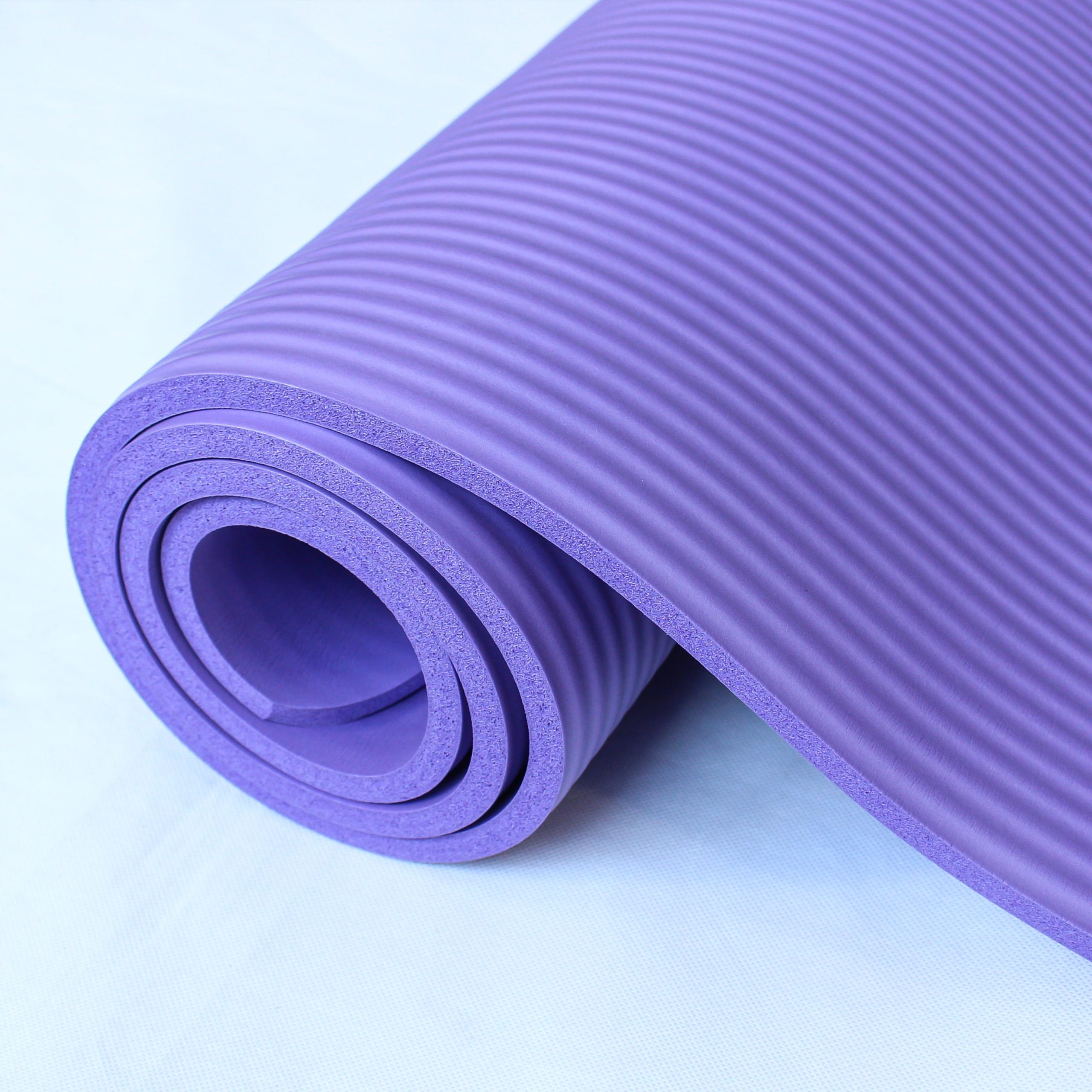How often replace yoga mat? Yoga has become increasingly popular in recent years as a way to destress and stay healthy. Whether you practice yoga at home or in a studio, a yoga mat is an essential piece of equipment. But how often should you replace your yoga mat? This is a common question among yoga enthusiasts, and the answer may surprise you.

The lifespan of a yoga mat
Yoga mats are made from a variety of materials, including rubber, PVC, and TPE. The lifespan of a yoga mat depends on the material it is made from, as well as how often it is used and how well it is cared for. In general, most yoga mats can last anywhere from one to three years with regular use. However, there are some factors that can cause a yoga mat to wear out more quickly.
Factors that can affect the lifespan of a yoga mat
There are several factors that can affect the lifespan of a yoga mat, including:
- Frequency of use: The more often you practice yoga, the quicker your yoga mat is likely to wear out.
- Type of yoga: Certain types of yoga, such as hot yoga, can cause more wear and tear on a yoga mat than others.
- Care and maintenance: Proper care and maintenance can help extend the life of a yoga mat. This includes regular cleaning and proper storage.
Signs that it’s time to replace your yoga mat
There are several signs that indicate it’s time to replace your yoga mat, including:
- Visible signs of wear and tear, such as peeling or flaking
- A lack of grip, which can make it difficult to maintain proper form during yoga poses
- Unpleasant odor, which can be a sign of bacteria and mold growth
Replacing your yoga mat
If you notice any of the above signs, it may be time to replace your yoga mat. When choosing a new yoga mat, consider the type of yoga you practice, as well as any specific needs or preferences you may have. For example, if you practice hot yoga, you may want to choose a mat that is designed to withstand high temperatures. Additionally, consider the material and thickness of the mat, as well as any additional features, such as alignment markers or extra cushioning.

How to choose the material of yoga mat
When it comes to practicing yoga, having a high-quality yoga mat is essential. The right yoga mat can provide stability, cushioning, and grip for a more comfortable and enjoyable yoga experience. However, with so many different options available, it can be challenging to know which material is the best choice for your needs.
Understanding the Different Materials
Yoga mats are made from a variety of materials, each with its own unique characteristics and benefits. Understanding the differences between these materials can help you make an informed decision when selecting a yoga mat. Here are some of the most common materials used in yoga mats:
PVC (Polyvinyl Chloride):
PVC is one of the most common materials used in yoga mats. It is known for its durability and provides excellent grip and stability. PVC mats are also easy to clean and maintain, making them a popular choice for many yoga practitioners.
TPE (Thermoplastic Elastomer):
TPE is a newer material that is becoming increasingly popular in yoga mats. It is non-toxic, biodegradable, and recyclable, making it an eco-friendly choice. TPE mats are also lightweight, resilient, and provide good cushioning and grip.
Rubber:
Natural rubber mats are made from sustainable and biodegradable materials, making them an environmentally friendly choice. Rubber mats provide excellent grip and cushioning, making them a popular choice for those who practice hot yoga or other vigorous styles of yoga.
Jute:
Mats are made from a natural plant fiber that is both eco-friendly and biodegradable. Jute mats are known for their natural texture and non-slip surface, making them a great choice for practitioners who want a more sustainable option.
Cotton:
Cotton yoga mats are made from natural fibers and provide a soft, comfortable surface for yoga practice. They are lightweight and easy to carry, making them a popular choice for those who travel frequently.
Factors to Consider When Choosing a Yoga Mat Material
When choosing a yoga mat material, there are several factors to consider to ensure that you select the best option for your needs. Here are some important factors to keep in mind:
Grip:
One of the most important considerations when choosing a yoga mat material is grip. A good grip is essential for maintaining stability and preventing slips and falls during yoga practice. Look for a material that provides a non-slip surface to ensure a safe and secure practice.

Cushioning:
Cushioning is another important factor to consider when choosing a yoga mat material. A mat with good cushioning can provide support for your joints and muscles, making your practice more comfortable and enjoyable. Consider the level of cushioning you need based on the type of yoga you practice and your personal preferences.
Durability:
The durability of a yoga mat material is important for ensuring that your mat lasts for a long time. Look for a material that is resistant to wear and tear, easy to clean, and maintains its shape and grip over time.
Eco-friendliness:
If environmental sustainability is important to you, consider choosing a yoga mat material that is eco-friendly and biodegradable. Materials such as TPE, natural rubber, jute, and cotton are all sustainable options that minimize the environmental impact of your yoga practice.
Allergies and Sensitivities:
If you have allergies or sensitivities to certain materials, be sure to choose a yoga mat material that is hypoallergenic and non-toxic. Avoid materials that contain harmful chemicals or known allergens to ensure a safe and healthy yoga practice.
Tips for Choosing the Right Material for Your Yoga Mat
Now that you understand the different materials used in yoga mats and the factors to consider when choosing a material, here are some tips to help you select the right option for your needs:
Consider Your Practice:
Think about the type of yoga you practice and the specific needs of your practice. For example, if you practice hot yoga, you may want a mat with good grip and moisture-wicking properties. If you practice restorative yoga, you may prefer a mat with extra cushioning for comfort.
Try Before You Buy:
If possible, try out different yoga mats with different materials before making a purchase. This will allow you to experience the feel, grip, and cushioning of each mat to help you make an informed decision.
Read Reviews:
Read reviews from other practitioners to learn about their experiences with different yoga mat materials. Look for feedback on grip, cushioning, durability, and other important factors to help you narrow down your options.
Consider Environmental Impact:
If environmental sustainability is important to you, choose a yoga mat material that is eco-friendly and biodegradable. Look for materials that are made from renewable resources and are free from harmful chemicals.

Conclusion
In conclusion, the lifespan of a yoga mat can vary depending on several factors, including the material it is made from, how often it is used, and how well it is cared for. While most yoga mats can last anywhere from one to three years with regular use, it’s important to pay attention to signs of wear and tear and replace your mat as needed. By choosing a quality yoga mat and taking proper care of it, you can ensure a safe and comfortable practice for years to come.
